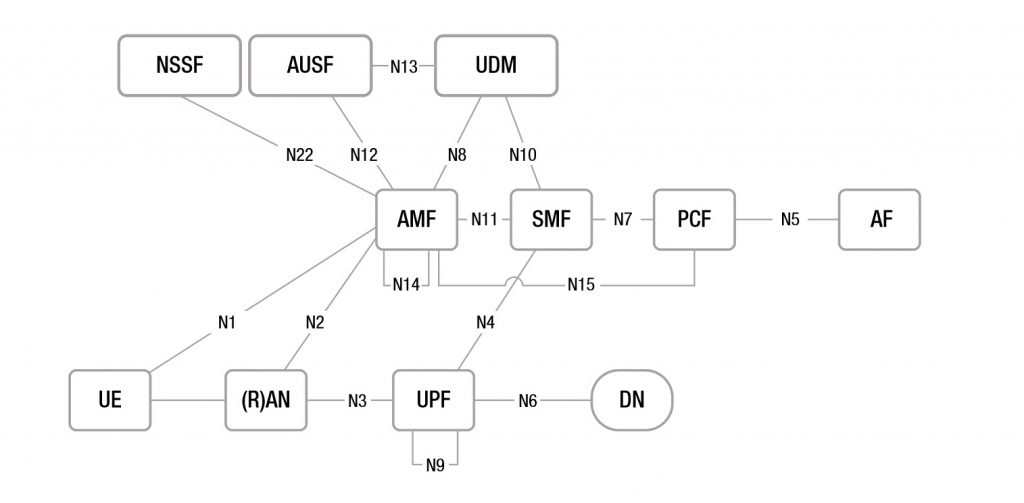
SCENARIO
5G, the fifth generation of mobile wireless network technology, is more than an evolution; it is a revolution. The vision and design of 5G has put the network’s key performance indicators, including data rate, network capacity, latency, mobility, and energy efficiency, an order of magnitude beyond those of 4G. While 5G is positioned to co-exist with 4G, it is expected to eventually eclipse the legacy mobile wireless technologies -GSM, CDMA, UMTS, HSPA, and, ultimately even LTE. 5G is at an inflection point, moving from design and development to commercialization, and will continue to evolve for the next decade, and reshape the future of industry and society.
Faced with rampant change, mobile service and equipment providers must be fully confident in the performance, scalability, security, mobility, and interoperability of their products and services. Most failures occur at high scale or under extreme conditions, and the risks of rolling out devices, networks, and services without conducting comprehensive testing beforehand are tremendous.
Vendors and network operators need an efficient means of prototyping live networks in the lab on a metro/city scale to validate performance under load. End-to-end, pre-deployment service validation should closely model the services the live network will carry using real application traffic and measure user QoE.
Proactively stressing networks and components in the lab prior to live deployment ensures the optimal user experience:
• Increased capacity requirements in both the access (base stations) and core networks
• Improved performance requirements—throughput, lower latency, etc.—for increasing video traffic and data-hungry applications
• Higher QoE expectations among customers—voice quality and video quality
• New business models and tiered rate plans that maximize revenue
• Security threats increasing in number and complexity
With many networks involving equipment from multiple vendors, specific configurations and traffic mixes must be modeled to benchmark scalability, avoid bottlenecks, and ensure security. Lifecycle testing is required to:
• Evaluate the scalability and breaking points of individual devices and configurations
• Optimize network design and system test in the lab
• Debug problems occurring on the deployed network
• Streamline change as new devices, firmware upgrades, and other changes are introduced
IXIA SOLUTIONS
Ixia provides the industry’s most comprehensive wireless test portfolio, encompassing deep functional testing, high-scale capacity testing, and performance testing across multiple technology generations. Equipment manufacturers and mobile operators rely on Ixia’s solutions to comprehensively fulfill their wireless testing needs. Our industry-leading test capabilities cover wireless access and wireless core, including the 5G Core and RAN, 4G Core and RAN, and IMS/VoLTE.
Taking advantage of cloud-ready architecture via a container-based architecture, Ixia’s 5G Core Test Engine can simulate millions of sessions across multiple coordinated interfaces. Deployed on almost any infrastructure, as a Docker container on bare metal or under Kubernetes or as a traditional VM, the engine can be part of CI/CD environments on both public and private clouds. Being able to deploy either as entire or reduced topology, the test tool can validate PDU sessions, uplink and downlink flows, and validate QoS enforcement. Web-based user interfaces are specifically designed for 5G Core use cases, immediately allowing test engineers to visualize DUTs and required topology.
Ixia’s wireless solutions are best of breed for:
• Complete end-to-end testing from the wireless edge to the internet core.
• Traffic and subscriber scalability and capacity planning.
• Real-world subscriber modeling.
• QoE measurements.
• Multi-UE emulation.
• VoLTE testing.



